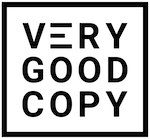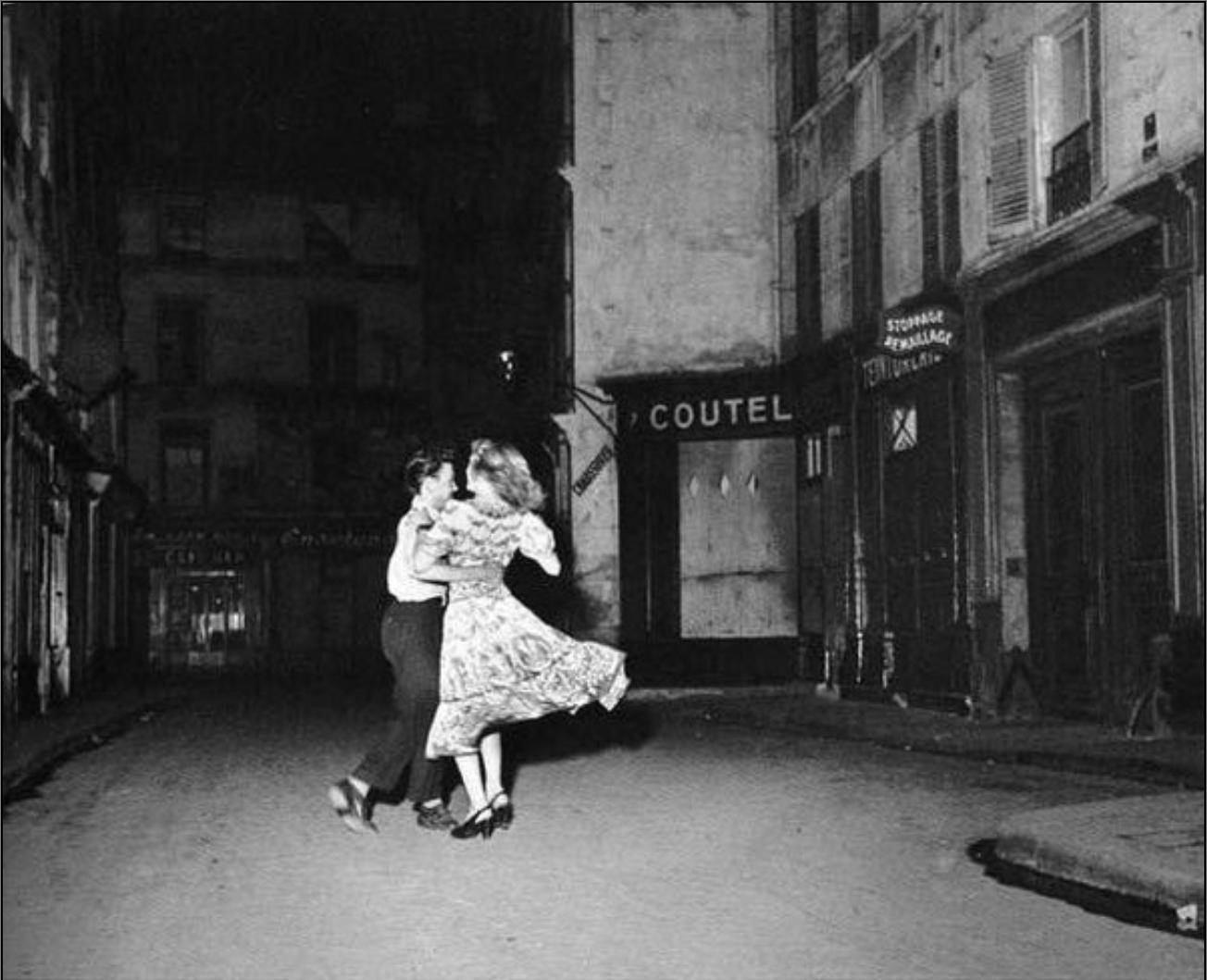
John Koenig invents definitions for universal yet undefined emotions.
Feelings we all have but don’t know we share.

Never miss a VeryGoodCopy Micro-Article: SUBSCRIBE
He collects these definitions in a compendium called The Dictionary of Obscure Sorrows.
As a copywriter, I think the most compelling “feeling” is Sonder.
Koenig’s definition:
“You are the main character, the protagonist, the star at the center of your own unfolding story. You’re surrounded by your supporting cast: friends and family hanging in your immediate orbit. Scattered a little further out, a network of acquaintances who drift in and out of contact over the years. But there in the background, faint and out of focus, are the extras. The random passersby. Each living a life as vivid and complex as your own. They carry on invisibly around you, bearing the accumulated weight of their own ambitions, friends, routines, mistakes, worries, triumphs, and inherited craziness. When your life moves on to the next scene, theirs flickers in place, wrapped in a cloud of backstory and inside jokes and characters strung together with countless other stories that you’ll never be able to see. That you’ll never know exists. In which you might appear only once. As an extra sipping coffee in the background. As a blur of traffic passing on the highway. As a lighted window at dusk.”Sonder is the sudden realization that you’re not alone, that we’re all the same, that every person feels the same joy and sorrow, the same anger and pride, the same confusion and confidence and self-doubt you feel.
Your friends and family feel it.
Your acquaintances feel it.
And yes, the extras feel it, too. And these are the people your copy speaks to: strangers, extras. You don’t know them individually, personally, but you must connect with them, individually, personally.
This is why Sonder is so profound and important, especially for copywriters.
It’s also fleeting. It’s there and then it's gone. And this makes me wonder: can it be induced? Can you force yourself to feel Sonder, to connect with people, strangers, extras sipping coffee in the background.
I think so. I think there’s a way:
I look at street photography to help it along. It’s not a science. It doesn’t always work. But sometimes, often, it does. It triggers Sonder, at least in me.
Street photography connects you with the extras. You see their tenderness and ugliness. You see their vulnerability, their humanity — and you feel for them, with them.
So sometimes, often, I browse street photos before I write, like a prequel, an emotional warmup.
Try it, if you like.
I love and recommend the work of Vivian Maier, Robert Doisneau, and Garry Winogrand:

LEARN TO PERSUADE
✅ Join thousands of email subscribers
✅ Less than 0.4% of readers unsubscribe
✅ Never miss a Micro-Article or -Interview
✅ Get instant email access to VGC's founder
✅ Be first in line to get new, free Micro-Courses
DRAYTON BIRD
Global Creative Director @ Ogilvy & Mather
BEN SETTLE
Email Marketing Master
KIM KRAUSE SCHWALM
A-List Direct Response Copywriter
RYAN BONNICI
Forbes 26th Most Influential CMO
SCOTT DIKKERS
Founding Editor @ The Onion 🧅
LISA PIERSON
Partner @ CopyHackers Agency
JUSTIN WELSH
SaaS Advisor & Writer
GODARD ABEL
CEO @ G2.com
DAVID GARFINKEL
A-List Direct Response Copywriter
JORGE SELVA
Director of Growth @ Help Scout
ADAM GOYETTE
Chief Marketing Officer @ Help Scout
TYLER J. KOENIG
Conversion Copywriter
TOMMY WALKER
Editor-in-Chief @ Shopify Plus & CXL
JASON VANA
Founder @ SHFT Marketing
JUSTIN BLACKMAN
Founder @ Pretty Fly Copy
CAMILLE TRENT
Managing Editor @ MarketerHire
NIKHIL NARAYANAN
Creative Director @ Ogilvy & Mather
EDEN BIDANI
Copywriter @ Greenlight Copy
MARK KILENS
VP of Content @ Drift































































